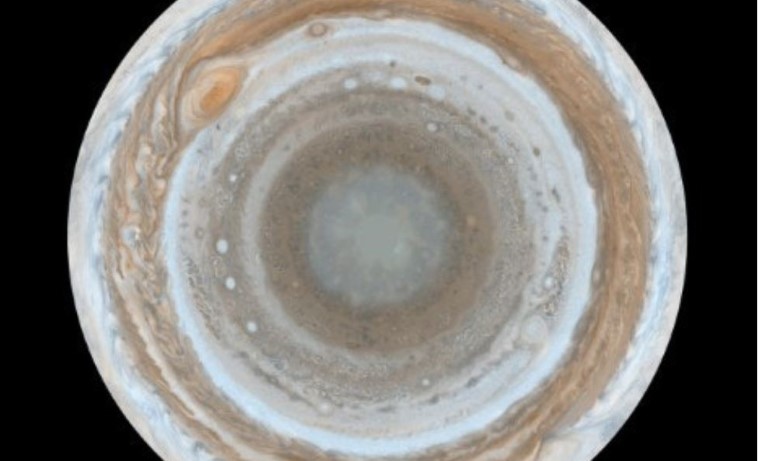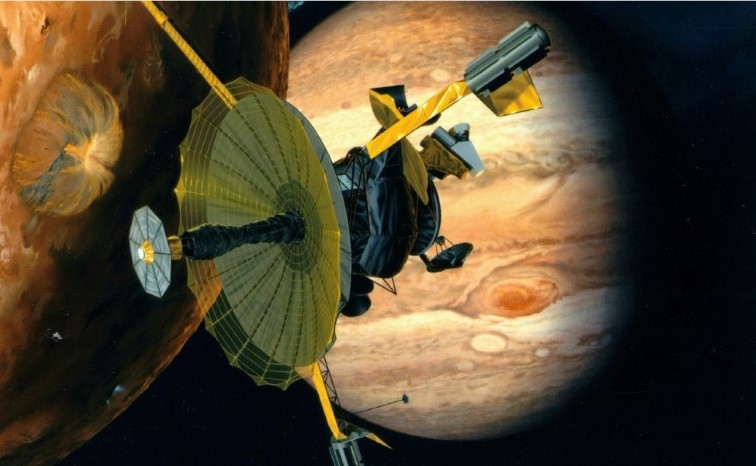Oh, no, the red spot is disappearing!

It happens sometimes that a new discovery just spoils a good story. For years, you could point to Jupiter with a telescope at night, and at the right moment, you could discover a very strange fact.
Jupiter has a red spot, which is a fierce storm that has been raging continuously for four centuries.
Wild, isn’t it? Can you imagine – four centuries!
At least, because Giovanni Cassini noticed it in 1665. And it is so big that our entire planet can fit in it and still have plenty of space.
Lately, there is serious doubt that the spot is that old. There have been some doubts for a long time, but now there is some evidence that disputes this mentioned above.
No one doubts that Cassini, the great astronomer of the 17th century, saw the red spot, only after 1713 it was no longer mentioned in reports, and it was a whole 118 years until 1831 when astronomers again began to note a clear oval structure on the planet. And at the same latitude where the spot was spotted by Cassini.

Since then, the red spot has been followed for 190 years and that’s for sure, but there was always the question of whether it was really the same spot that Cassini saw, and about which no reports were received for more than a century.
But how do we find out the answer?
A team of researchers from the University of the Basque Country, Spain, was formed and first collected data from observations of the spot over the last few decades, on the basis of which they tried to compile a scenario of the formation of the spot.
The team started from three different methods of freckle formation:
- The spots could have formed as a product of a giant superstorm
- It could have been formed by the combination and merging of several smaller vortices
- Or that it was formed as a result of rapid flows of material in belts rushing in opposite directions.
Simulations have shown that this third method is the most reliable. Then the size of the spot was analyzed, which in 1879 was 39,000 kilometers in its widest part. Now that width has been more than halved and is 14,000 km.

By comparing the size of the spot over the decades, the researchers came to the conclusion that the red spot was formed in the 19th century, after the red spot discovered and observed by Cassini disappeared.
It is entirely possible that this observation gem of the largest planet will completely disappear in the next decade and future astronomers and planetary observers in general will only read that once 10 or more years ago a strong storm raged on Jupiter.
On the other hand, new research says that some other powerful storm will appear on Jupiter again, so if that happens, Jupiter will retain its charms in the coming period as well.
If you can’t tell your Cassini from your Huygens then you shouldn’t be writing about the history of astronomy.

